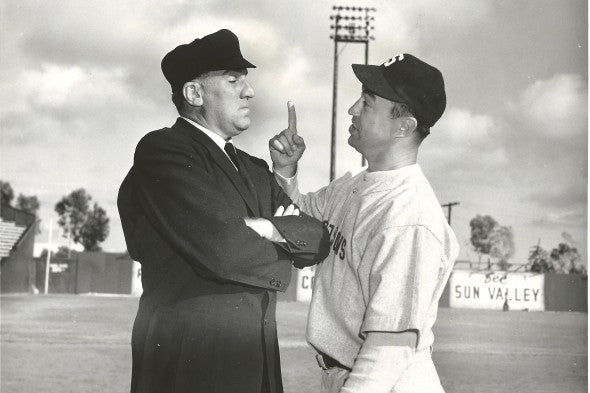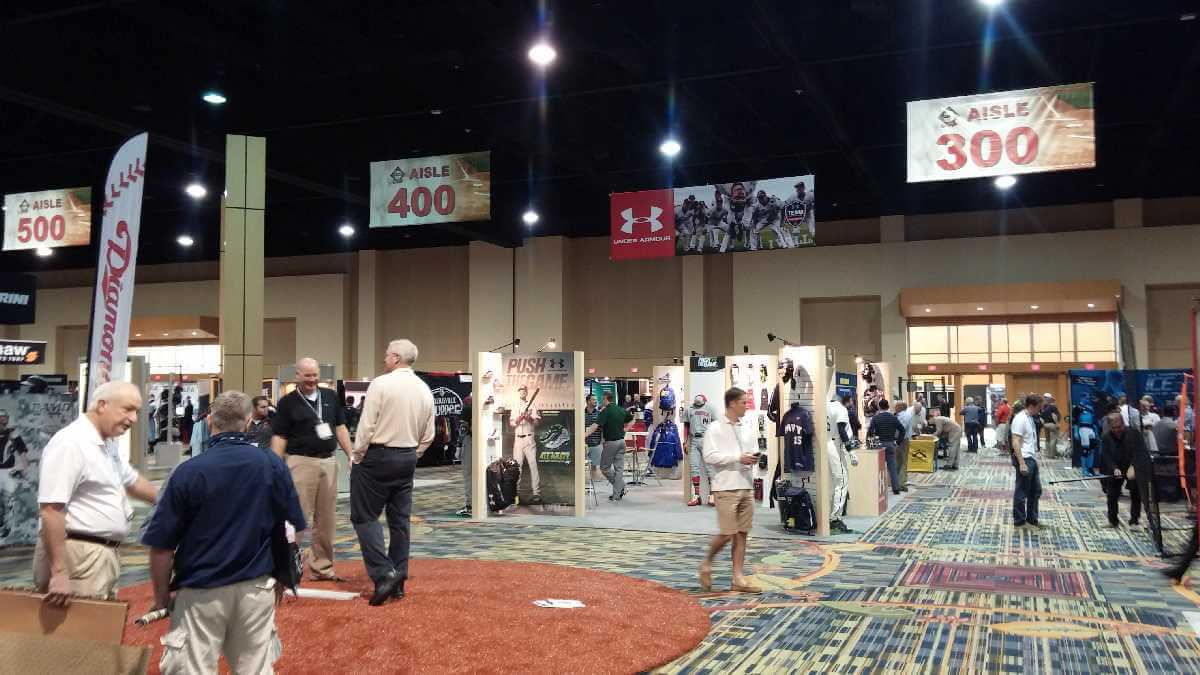With pitchers bigger, stronger and fitter than ever, the question ultimately rises—does pitching velocity matter in the big leagues?
ESPN.com recently took on that question, profiling a few of the young guns who are, as a Chicago Cubs special assistant puts it, “throwing the dog crap out of the ball.”
Back in 2003, a Houston Astros relief pitcher was the only hurler who managed to hit the 100-mph mark on at least 20 pitches in one season. Last year, seven pitchers did the trick.
"This is my 29th year in baseball," says a special assistant to the Washington Nationals, "and I see more guys throwing 100 than I ever have."
Tigers General Manager Dave Dombrowski says, "It's unusual now to face guys who don't throw in the mid-90s on a consistent basis."
Over the last ten years, the average velocity for pitchers of all varieties has risen, though most who throw 100+ are relievers.
So, why are pitchers throwing harder? As with all sports, training has improved, which makes pitchers more fit and better able to perform. Also, managers and their assistants are keeping a closer eye on things, taking advantage of radar guns to track each and every pitch for speed.
Tommy John surgery has given many big league pitchers a second chance. And pitchers have simply increased in size: In 1955, the so-called average pitcher was about 6-foot-1. Today, the average hurler stands a good two inches taller, giving him a longer stride, which helps to generate more force and speed on the ball.
With all that speed on the rise, it only makes sense for batters to adjust their skills by spending more time in batting practice. Not just to “get up to speed, but to alter technique for those pitches that will invariably come in slower and with more movement.
Ready to step up to the plate? Check out one of our pitching machines today!



Leave a comment
All comments are moderated before being published.
This site is protected by hCaptcha and the hCaptcha Privacy Policy and Terms of Service apply.